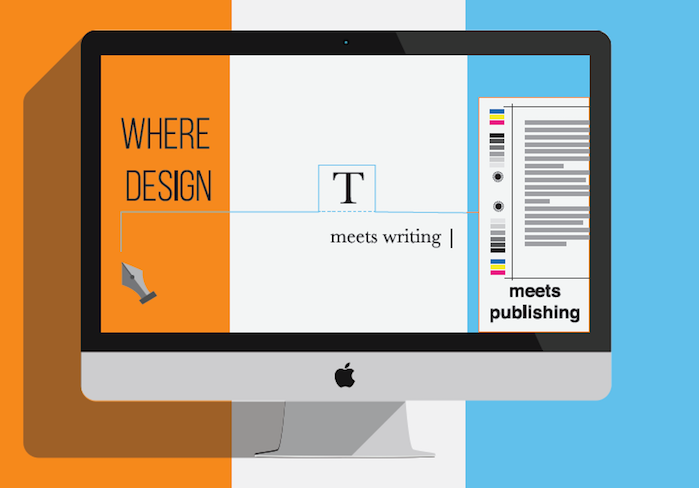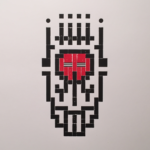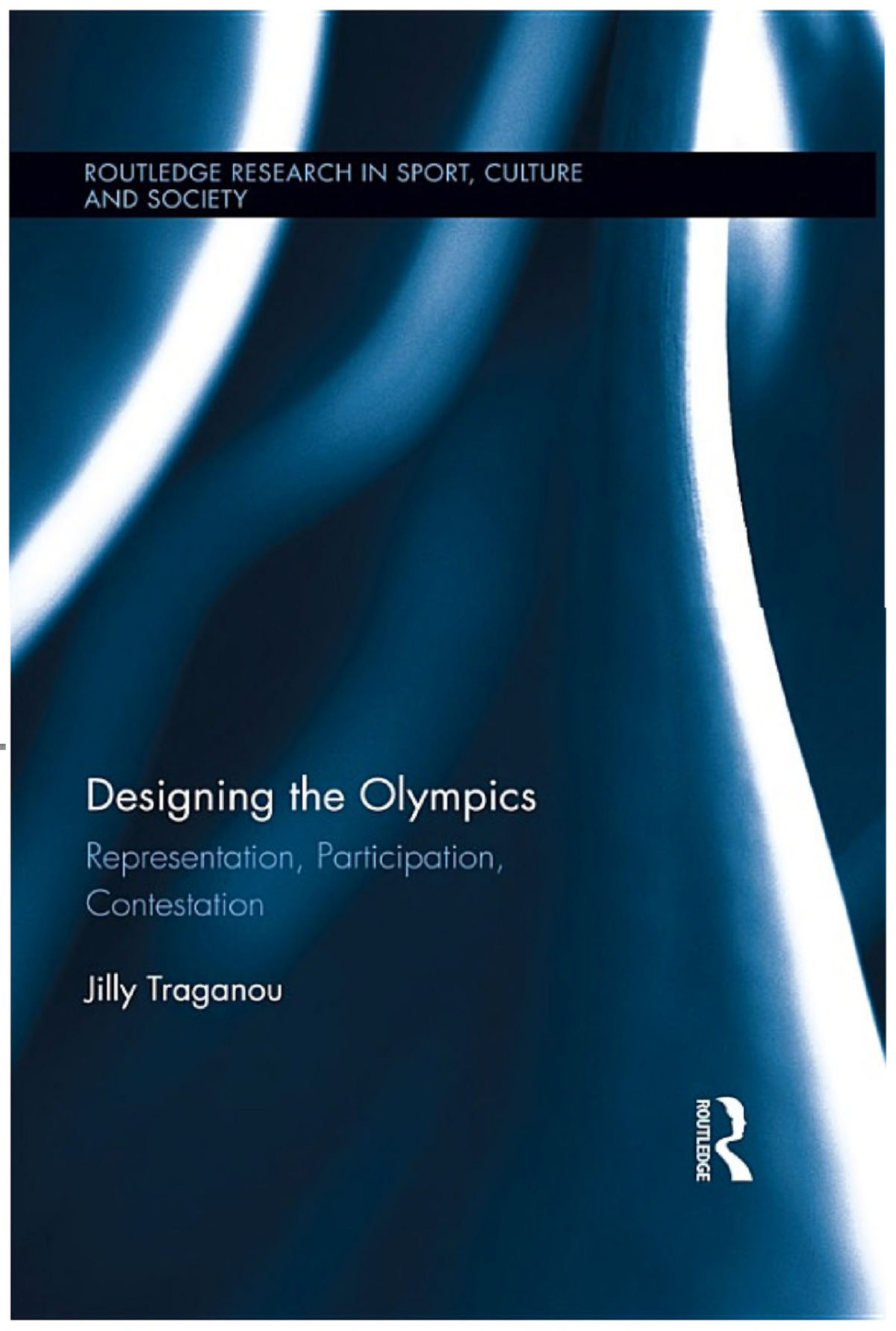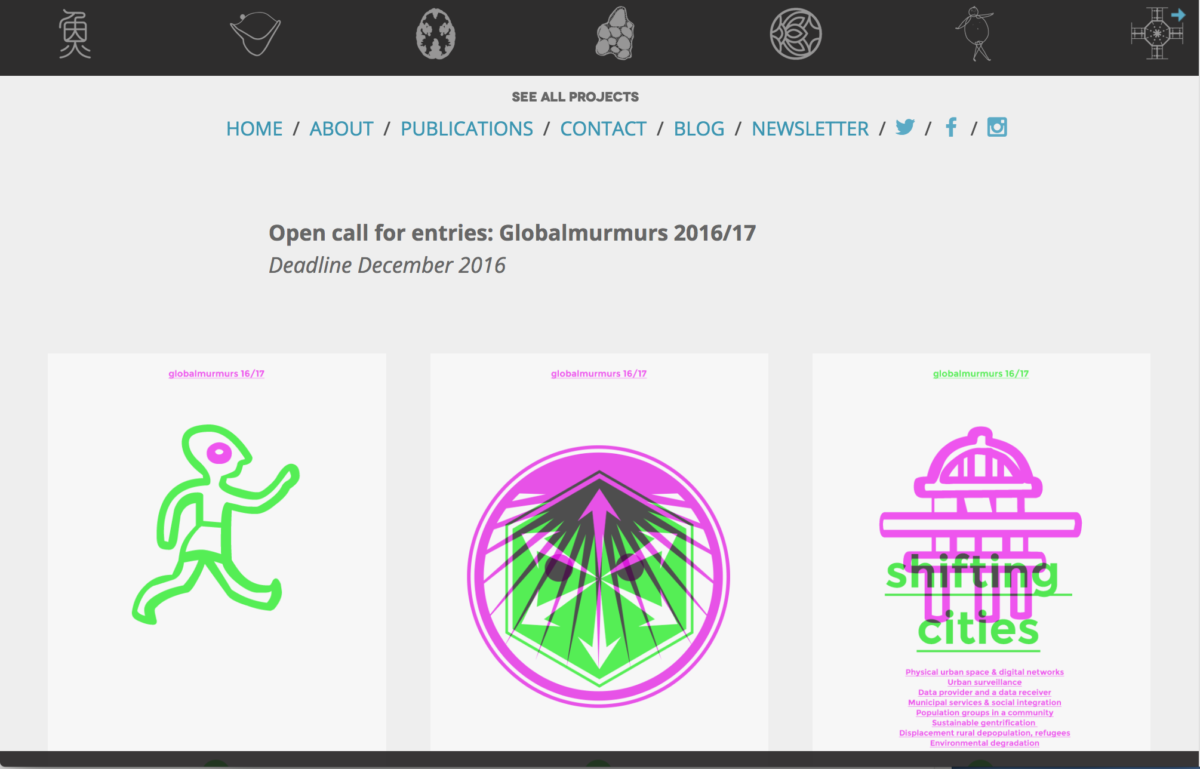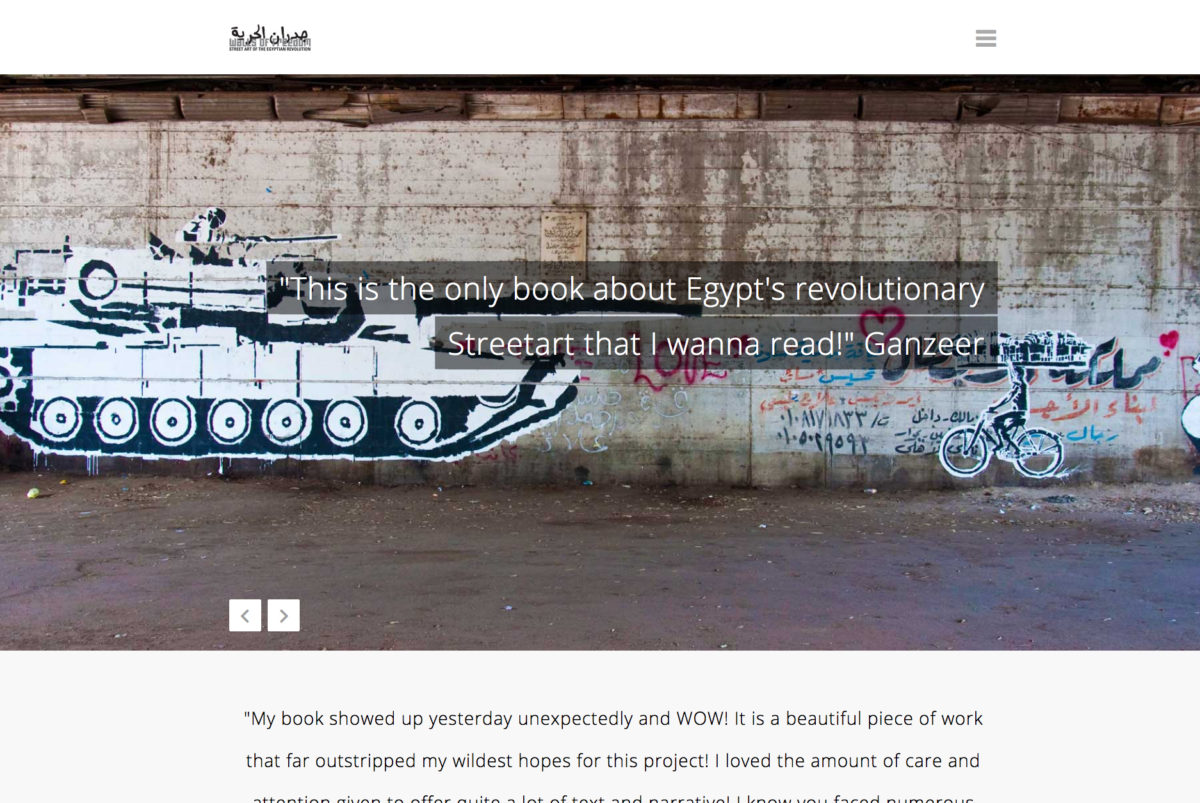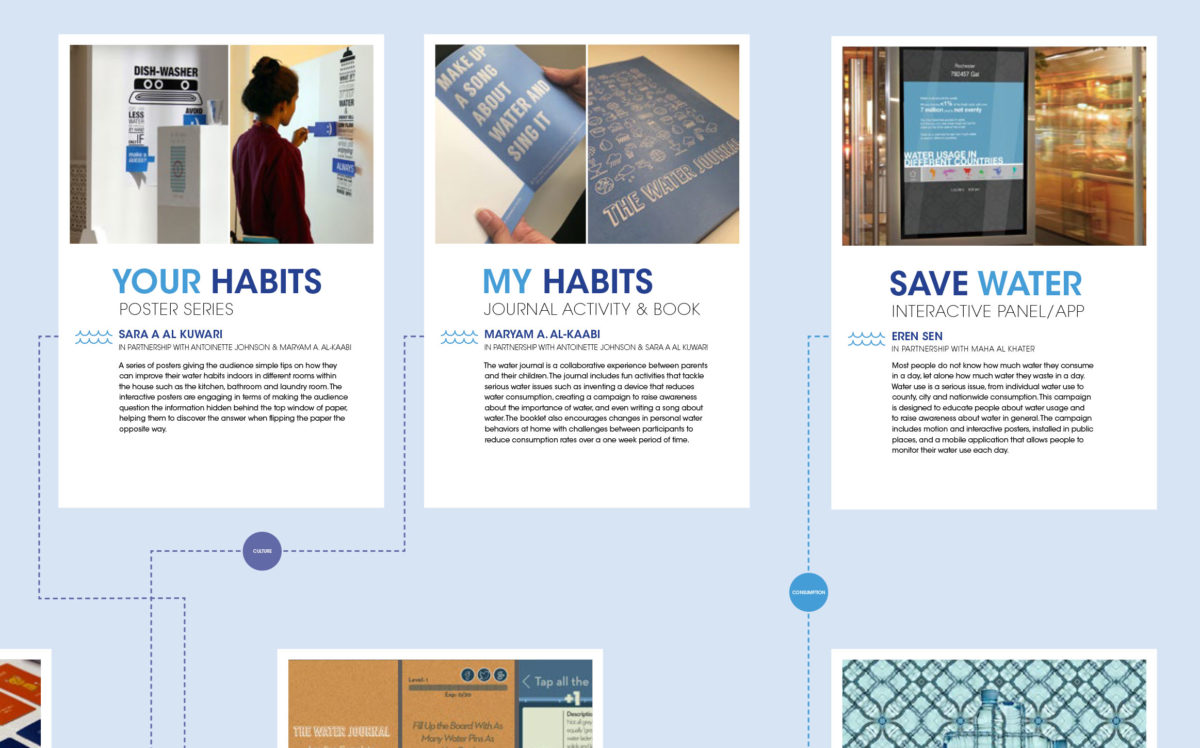the drive to teach visual literacy, which is based on the idea that pictures, in the broadest sense, can be read and communicate meaning through the process of reading.
Pascal Glissmann (Parsons School for Design), Olivier Arcioli and Andreas Henrich (Academy of Media Arts, Cologne) initiated the The Phaistos Project, an exploration of visual language that unites students, teachers, scholars, and ideas from across the world. All participating academic partners share the drive to teach visual literacy, which is based on the idea that pictures, in the broadest sense, can be read and communicate meaning through the process of reading. Students must learn to excel in finding and applying their own visual language, embrace diversity, and propel their identity in order to vigorously influence their own creative practice. This can be achieved through using open environments to better invite students to explore ethnographic backgrounds, and to initiate critical thinking through encountering the unknown, which can range from utopian visions of our future living to the unanswered phenomena of our past.
A prominent example of unresolved visual code—and a milestone in the history of visual language and typography—is the Phaistos Disc. Even though its purpose and authenticity is still discussed it is considered to potentially be an early, if not the earliest, document of movable type printing. The clay-impressed notation is assumed to be a textual representation and comprises 45 unique and recurrent symbols. Participating students explored this ancient disc, its visual principles and symbolic forms. Inspired by its cryptic yet powerful character, they developed collections of 45 unique symbols to represent the essence of their identity, the spirit of a culture or social change.
Their mission is not to create additions to the endless repertoire of functional pictograms. Instead, they are driven by personal storytelling and creating ethnographic visual anecdotes that are subjective, stimulating and inviting.
The Phaistos Project now is accepting new entries: Deadline is December 15, 2016. This international call is open to → art & design faculty interested in integrating the project into their teaching and → currently enrolled undergraduate or graduate students in visual communication, visual arts, design, typography, and related areas.
www.45symbols.com
Pascal Glissmann is a media designer, artist, scholar and founder of the studio subcologne. He is currently Assistant Professor of Art, Media and Technology at Parsons The New School for Design. He holds an MFA in Media Arts/Media Design from the Academy of Media Arts Cologne and a BFA in Communication Design from the University of Applied Sciences Duesseldorf. He joined the Academy of Media Arts Cologne as a full-time faculty in 2001 and focused on creative approaches to new media and technology within applied design projects and emerging installations. He became Assistant Professor at the Hong Kong Baptist University, Academy of Visual Arts, in 2007 where he set up the curriculum and infrastructure for the areas of media design and media arts. In 2010 and 2011 he was Visiting Assistant Professor at the Lebanese-American University, School of Architecture and Design, in Beirut.
Olivier Arcioli is a book designer, editorial designer and founder of the studio ateliergrün. He holds an MFA in Media Arts/Media Design from the Academy of Media Arts Cologne and a BFA in Communication Design from the University of Applied Sciences Duesseldorf and the Ecole Cantonal d’art de Lausann. Olivier is currently Assistant, Lecturer and Researcher of Media Design at the Academy of Media Arts Cologne as a full-time faculty with the main focus on book design, print media and typography.
Andreas Henrich is professor emeritus of graphics and media design and retired from the Academy of Media Arts Cologne in 2015. The curriculum of the Academy covers all artistic disciplines including new and traditional media, the different areas of film and moving image, as well as the arts and media sciences. The course is taught at different levels and even offers a PhD. He has been in leading positions at this school and was the president for several years.
Recipient of recognition in the Design Incubation Communication Design Awards 2016.
Like this:
Like Loading...
